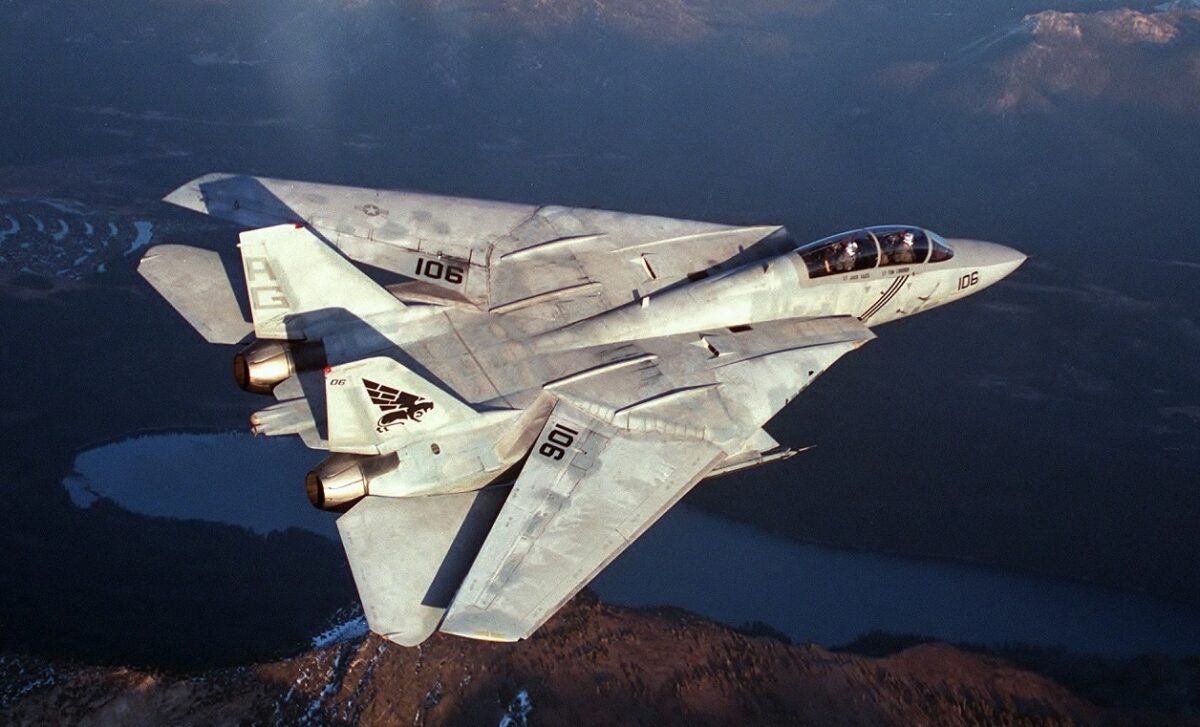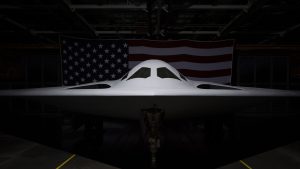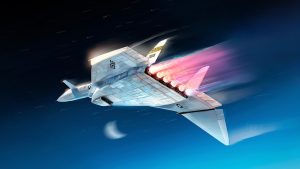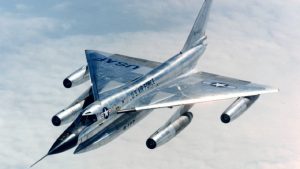The TF30 engine in the F-14, according to Secretary of the Navy John F. Lehman Jr., “is certainly the worst engine-aircraft mismatch we have had in many years.”
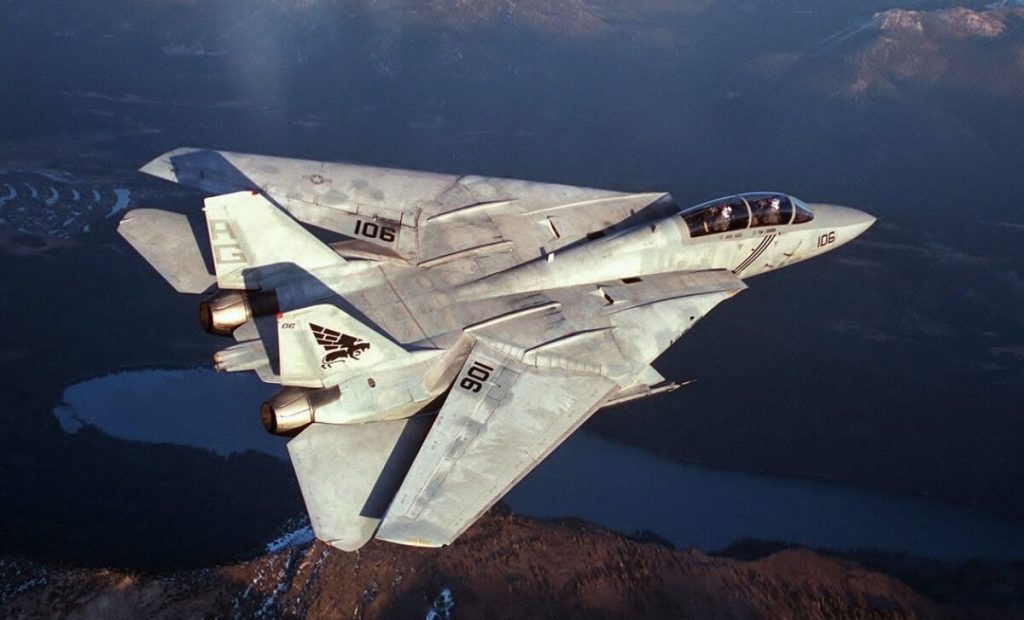
Top Gun might have ended poorly. You probably believed the F-14 Tomcat had little trouble intercepting adversary aircraft and establishing dominance in the skies after watching both Tom Cruise films. You would never think that the vaunted fighter of the United States Navy, the Tomcat, has a problem. Its early engines had poor performance and even resulted in the loss of 40 or so aircraft.
Without being overly critical of Pratt & Whitney, the TF30 engines did not work well with the Tomcat. They were designed for different times and types of aircraft. They had been created for the F-111B, a difficult aircraft that was more of a bomber than a fighter and was used by the Air Force and Navy. The F-111B was supposed to be driven at Mach 2 speeds by the TF30. Nonetheless, frequent compressor stalls in the F-111B might result in an abrupt shutdown.
Despite the F-111B’s flaws, the F-14’s engine somehow powered it. The beginnings of the TF-30 turbofan engine could have been better. In 1966, Pratt & Whitney intended to install it on commercial and military DC-9 transport aircraft. But Pratt & Whitney believed it could use it on fighters due to its 20,000-pound thrust and afterburner capability. That’s how the F-111B that gave test pilots fits turned out. Several pilots called the aircraft a “Flying Edsel” and blamed the engines heavily for the difficulties the F-111B encountered. The engine was mounted on the F-14 before Pratt & Whitney stopped producing it in 1986.
Next, it was the turn of the F-14 to battle the engines.
The TF-30 engine also presented challenges for the Tomcat. The engines of the F-14 succumbed to compressor stalls when pilots applied too much power too soon at high angles of attack, which is what flying a fighter is all about. Pilots described the F-14 as a “beautiful airplane powered by two pieces of garbage” by Sandboxx News.
Fly the engine, not the plane.
The F-14 also had a nine-foot gap between each engine. Hence, if one engine stalled, it would cause a flat spin that might become uncontrollable. Other things could happen to the Tomcat during the TF-30 period. Other pilots could be in peril if the engine blades malfunctioned and would lose almost thirty F-14s, some due to defective engines.
Even the civilian chief of the NavyNavy was concerned.
The TF30 engine in the F-14, according to Secretary of the Navy John F. Lehman Jr., “is certainly the worst engine-aircraft mismatch we have had in many years.” The TF30 engine, responsible for 28.2% of all F-14 crashes, is a bad powerplant.
The 1990s saw a persistent occurrence of this issue. Many pilots criticize the F-14 for being difficult to fly at low speeds and altitudes, requiring great caution during carrier takeoffs and landings. The first female carrier aviator in the Navy experienced one tragic event. When Lt. Kara Hultgreen attempted to land aboard the USS Abraham Lincoln in 1994, she fatally crashed her F-14 outside San Diego while on a routine patrol. The NavyNavy concluded that the TF30 engine was to blame and excluded pilot error, as some had hypothesized. Her F-14’s one engine lost power. Due to this and other mishaps, Congress wanted to look into the engines in 1995.
The Super Hornet then took the place of the Tomcat.
This investigation made a small dent in the issue. Around 1996, the NavyNavy installed General Electric F110-GE-400 engines in older F-14s. Nevertheless, some older F-14As continued to fly in the early 2000s with the flawed TF30. By then, the NavyNavy was demonstrating to naval aviation that the F/A-18E/F Super Hornet’s better capabilities would prematurely enable it to retire the F-14 in 2006.


